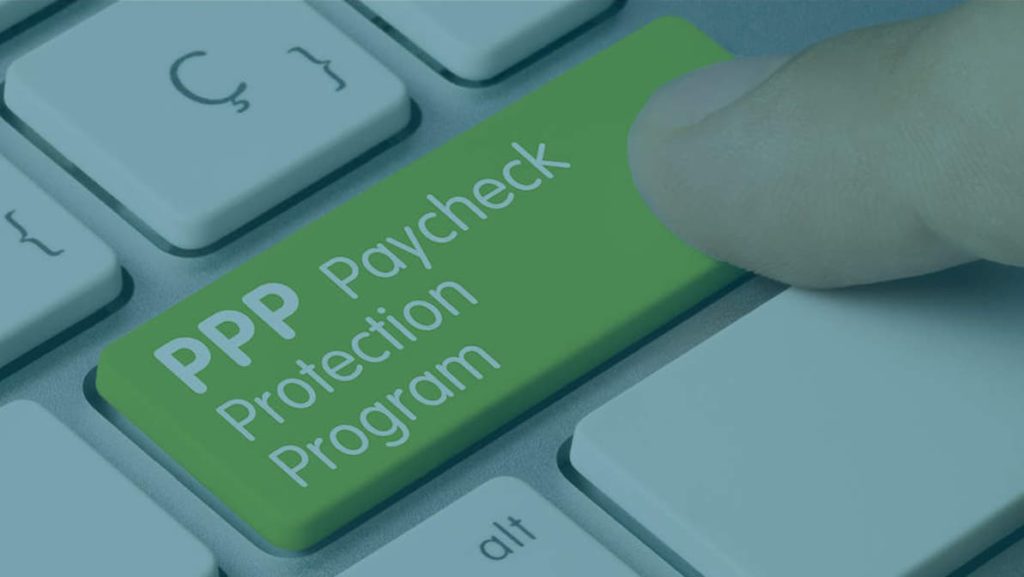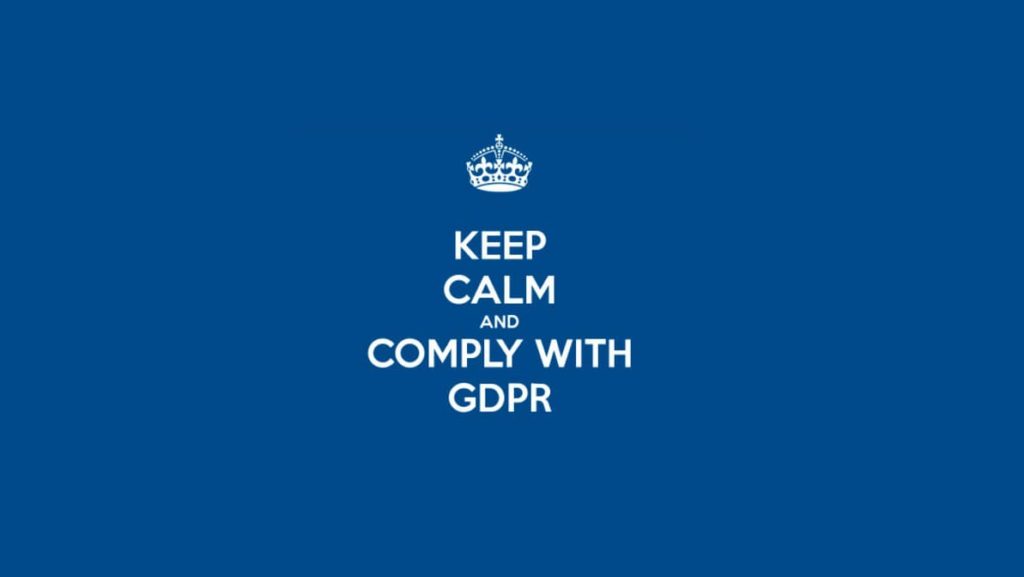Updated 7/31/20 | What’s Changed:
Congress is opening up a new stimulus bill, which proposes another round of Paycheck Protection Program Loans (PPP). While we await the final legislation on that, the Small Business Administration recently released statistics on a subset of recipients of its $380 Billion Paycheck Protection Program Loan directly concerning the security industry.
Updated 7/6/20 | What’s Changed:
The Paycheck Protection Program, which was set to expire on June 30, has been extended until August 8, as there is still $134 million in funds available. There is a revised Full Forgiveness Application for the Paycheck Protection Program.
If there’s anything we’ve seen in 2020, it’s that change has become a commonplace event. When the pandemic hit the US in March, the biggest impact on the national shutdowns was on small businesses. While not all industries were hit the same way, there was a need to have some sort of relief. Enter the Paycheck Protection Program (PPP), which provides small businesses an entirely forgivable loan to pay their employees and cover a number of expenses. If small businesses meet the criteria, they would never need to pay this loan back. However, there were a few challenges with the criteria that made it difficult to use.
The Challenges with the Original PPP
While it was a huge benefit to have a forgivable loan that will help pay your employees, there were a set of criteria that made the load difficult, if not impossible for business to effectively utilize it.
- Small businesses only had 8 weeks to use it: In order to qualify for forgiveness (i.e. not have to pay it back), the loan had to be used within 8 weeks of receiving the funds. Many businesses couldn’t even open their doors due to State and Federal shutdown mandates, so the ability to pay their employees when they can’t even open their business didn’t help the matter.
- Small businesses had to use 75% on Payroll: Other expenses, such as mortgage/rent, assets, etc. were equally as needed, but they could only use 25% of the funds on those items.
- Some Employees actually preferred Unemployment: With all the fears surrounding coronavirus, even if employers wanted to bring people back on, employees were more inclined to take the very generous unemployment benefit packages rather than risk exposure back in the workforce, preferring to “wait it out” and get back to work when it felt safe.
For these reasons and more, the PPP needed flexibility in order for it to be effective for small businesses. Many businesses, however, were considering returning the funds, simply because they were stuck in a place where they simply couldn’t use the money properly in the timeframe given.
The PPP Flexibility Act Changes the Game
Flexibility is exactly what came out of Washington D.C. The House and Senate both took rare bipartisan action to create new rules for the PPP which would ease the criteria from the original legislation. Aptly called the “Paycheck Protection Program Flexibility Act”, the bill aimed to target the primary challenges and rectify them:
Forgiveness Period is Extended to 24 weeks
Current PPP borrowers can choose to extend the eight-week period to 24 weeks, or they can keep the original eight-week period. This is a major benefit to those businesses that simply couldn’t open during the pandemic, and has given them time to leverage the money appropriately.
Payroll Expense Requirements dropped to 60%
Payroll expenditure requirement dropped to 60% from 75% allowing the amount available for other approved expenses to increase from 25% to 40%. This ensures that other expenses can be covered in the loan. However, borrowers must spend at least 60% on payroll or none of the loan will be forgiven. Previously, PPP rules established “partial forgiveness” on a portion of the loan. Now, with the new split, forgiveness is much more achievable.
The Forgiveness Deadline is extended to Dec 31, 2020
Borrowers can use the 24-week period to restore their workforce levels and wages to the pre-pandemic levels now required for full forgiveness.This must be done by Dec. 31, a change from the previous deadline of June 30. All in all, this was the most difficult requirement. Not only did small businesses have eight weeks to use their loan, they had to apply for forgiveness by the end of June. This created a mad dash to the finish line – now the process is more long-term to give businesses time to apply.
New Exceptions for Forgiveness and restoring FTEs
You can achieve full PPP forgiveness even if you don’t fully restore your workforce, but only if:
- You are unable to rehire employees that were employed on February 15,2020 or could not find similarly qualified employees within the forgiveness time period or
- You were unable to restore business operations to Feb. 15, 2020, levels due to COVID-19 related operating restrictions.
This one is a little tricky. For many businesses, such as restaurants, the ability to fully open to pre-pandemic levels is nearly impossible. Most of these places can only operate at 25-50% capacity, meaning that there is simply no way they can fully restore to what they were at before. Also, by the time they do restore, their workforce may have found other employment. They simply might not find the best possible talent for some time. The bill accounts for this, but it will be complex to prove this when applying for forgiveness. We will see how the Small Business Administration (SBA) approaches this criteria.
New 5 Year Repayment Period
New borrowers now have five years to repay the loan instead of two. Existing PPP loans can be extended up to 5 years if the lender and borrower agree with the interest rate remaining at 1%. If small businesses don’t receive forgiveness on the loan, they still have the ability to use the money by paying it off over time. This time period is now much longer than before, giving ample time to ensure payment without harming finances.
Delay of Payroll tax Payments
The bill allows businesses that took a PPP loan to also delay payment of their payroll taxes, which was prohibited under the CARES Act. Part of the PPP loans were tied to the other legislation, the Coronavirus Aid, Relief, and Economic Security (CARES) Act. Both provided certain aid to businesses. Businesses were eliminated from another benefit if they already took a different one. Payroll taxes was one of those provisions. Previously, businesses were not able to defer paying payroll taxes if they had a PPP loan, which the CARES act allowed. Now, businesses can take a PPP loan AND defer payroll taxes. Many businesses we’ve spoken to have not fully deferred their taxes, but some will.
Final Thoughts
Many businesses have breathed a sigh of relief when hearing about the PPP Flexibility Act. It was a good idea for helping businesses recover and made it better. In this time of uncertainty and fear, we all need a little flexibility to help us get through. This is just another example of the change and adaptability that will help the economy get back to a “new normal” more effectively.



